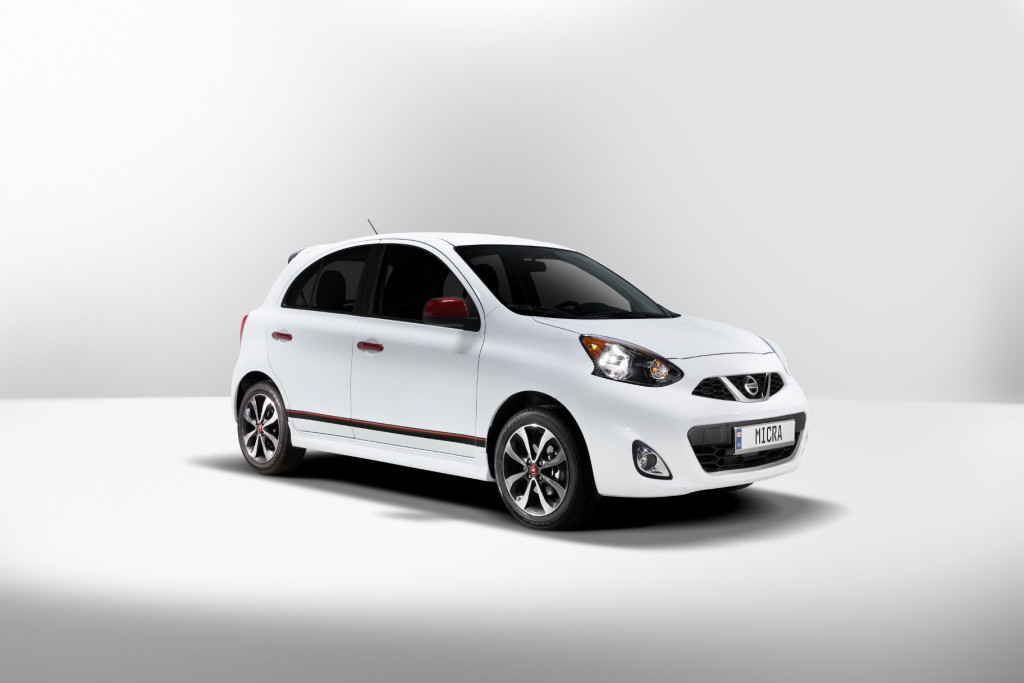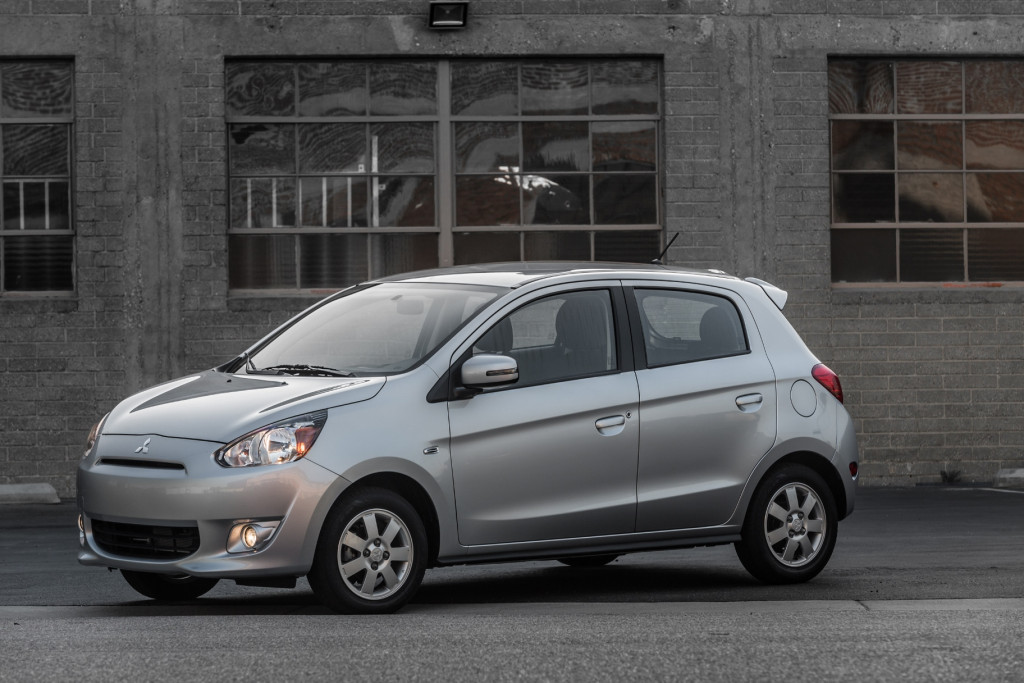Mid-November in Canada, Ottawa especially, is a dark, grey, chilly affair.
With skeletal tree limbs stripped of leaves and an icy wind blowing from the north, it’s a grim portent of the frigid winter that will soon arrive.
Trudging along the edge of Centretown, past the cold, grey abutments of the Queensway, I happened upon a happy sight today. There, waiting for its owner to come back from Loblaws, was a perfect beater from the 1960s.
With its faded, blotchy paint gleaming unevenly under the harsh security lights, this aged but upright beast would have looked at home in southern California with a 1980s-era Nick Nolte behind the wheel.
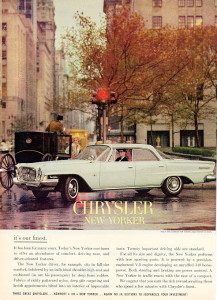
The Windsor became the base full-size Chrysler in Canada in 1962, though most of the attention went to high-end New Yorkers and 300s.
It was a forgotten Canadian classic – a 1962 Chrysler Windsor.
The lowest rung on the Chrysler ladder, the Windsor (manufactured in Windsor, Ontario) was the Canadian counterpart to the base-level Newport in the U.S.
The Windsor name dates back to 1939, where it appeared on lower-level Chryslers on both sides of the border. In 1951 it became the new base model, with models like the Saratoga and New Yorker positioned above it.
After 1961 (which was a weird time for Chrysler), the base model divorced itself and took up a different name depending on which country it was sold in. On the outside, the stripped-down ’62 Chrysler wore the same body and front end as the ’61, minus the tailfins that were quickly going out of style.
From the rear, these models are nearly indistinguishable from their Dodge Custom 880 brothers, which isn’t surprising considering they shared a platform. Note the very plain-Jane hubcaps adorning this supposedly high-end marque – not something you’d want people to see at the country club.
Though it came in many body styles, including a graceful 2-door hardtop, the stodgier pillared 4-door was the most common Windsor on the road. Underneath the hood is a big-block 361 cubic-inch V-8, good for a healthy 265 horsepower.
Putting the power down in this model was Chrysler’s legendary Torqueflite A-727 transmission, generally regarded as one of the best and toughest automatics ever made.
In 1962, Chrysler was still outfitting its automatics with push-button shifting, a gee-whiz feature still in vogue at the time. Though you can’t see it in this shot, the steering wheel is of the translucent, tortoiseshell variety.
Very Kennedy era. Or Diefenbaker, if you prefer.
The Windsor nameplate soldiered on in the Canadian market until 1966, after which the base full-size Chrysler made amends with its American counterpart and became the Newport once again, lasting until 1981.
Eventually, this Windsor’s owner came out to see who the guy drooling on his car was. The remarkably young owner told me this relic – sourced from a seller in rural southeast Ontario – was his daily driver, at least until the snow flies.
Over the course of the winter, he planned to work on his prize, hopefully making it a little nicer come spring. For sure, it’s a model worth investing in.
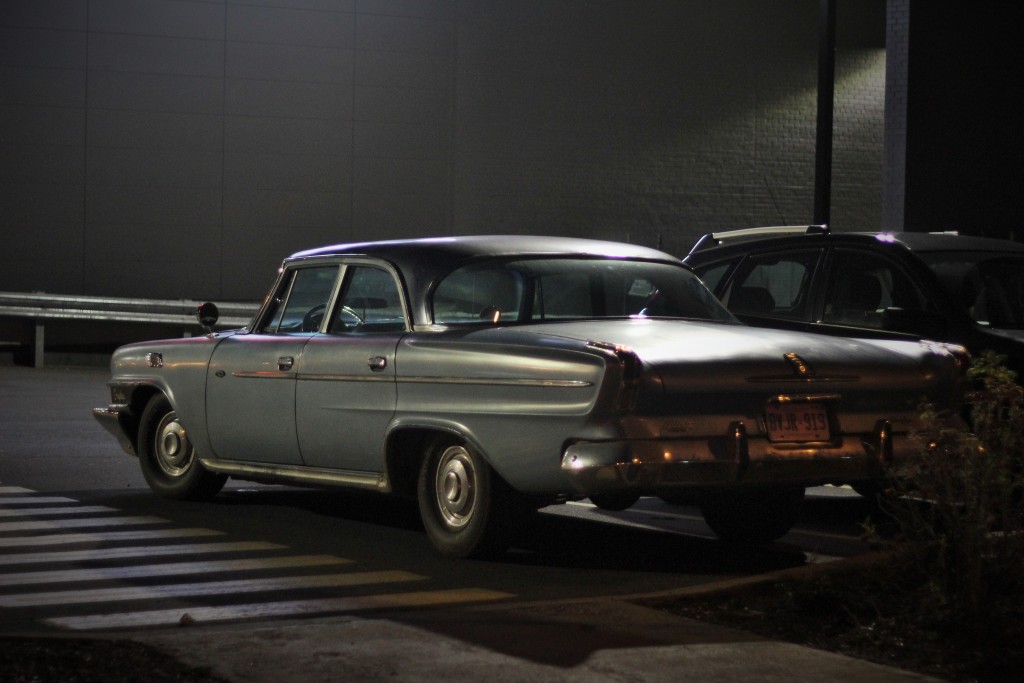
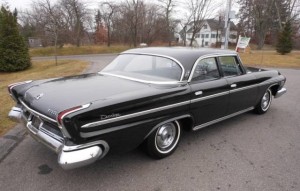
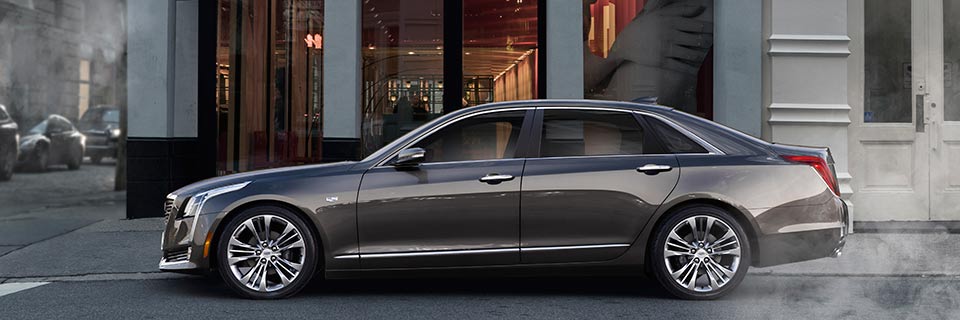
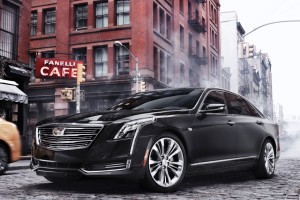
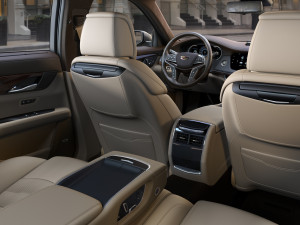


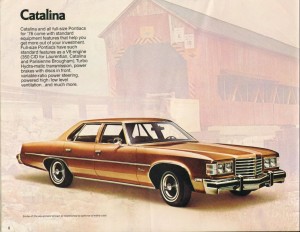

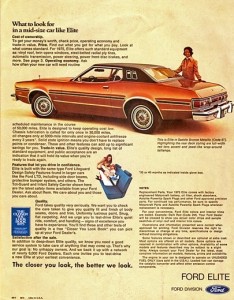
![abba_jumpers_white[1]](https://driventoattraction.com/wp-content/uploads/2015/11/abba_jumpers_white1.jpg)


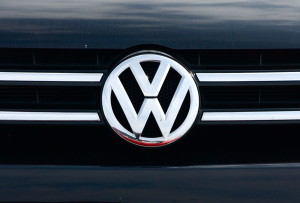
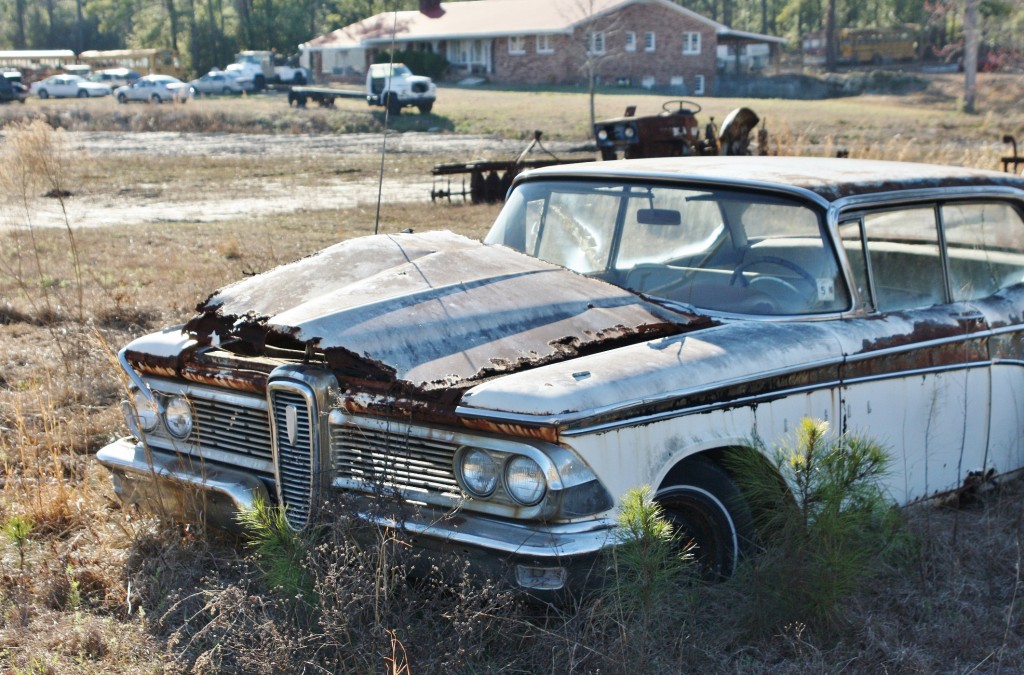
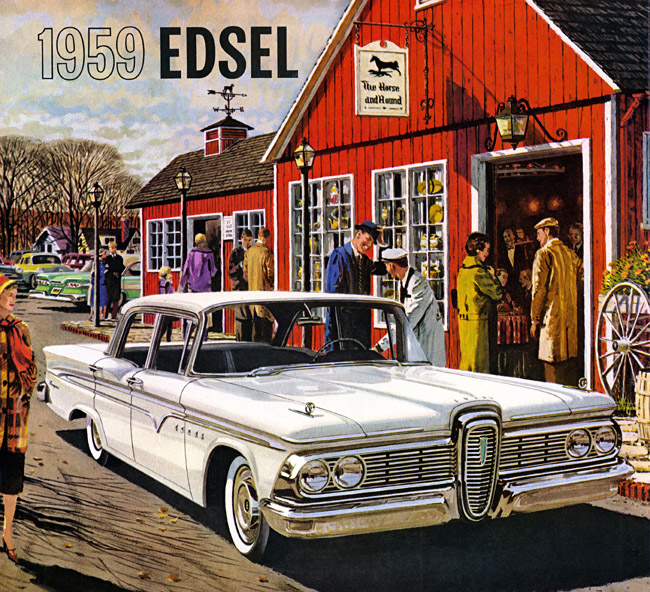
![1959%20Edsel%20Ad-03[1]](https://driventoattraction.com/wp-content/uploads/2015/09/1959-Edsel-Ad-031.jpg)
![1959%20Edsel%20Ad-01[1]](https://driventoattraction.com/wp-content/uploads/2015/09/1959-Edsel-Ad-011-800x1024.jpg)
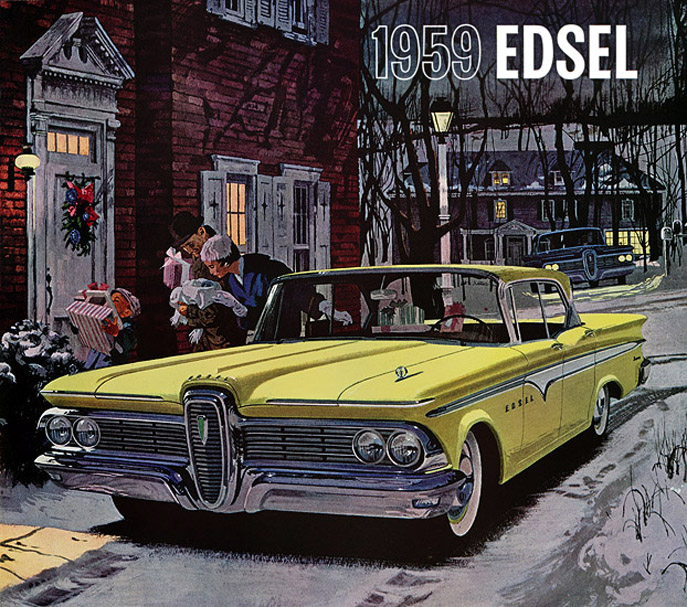
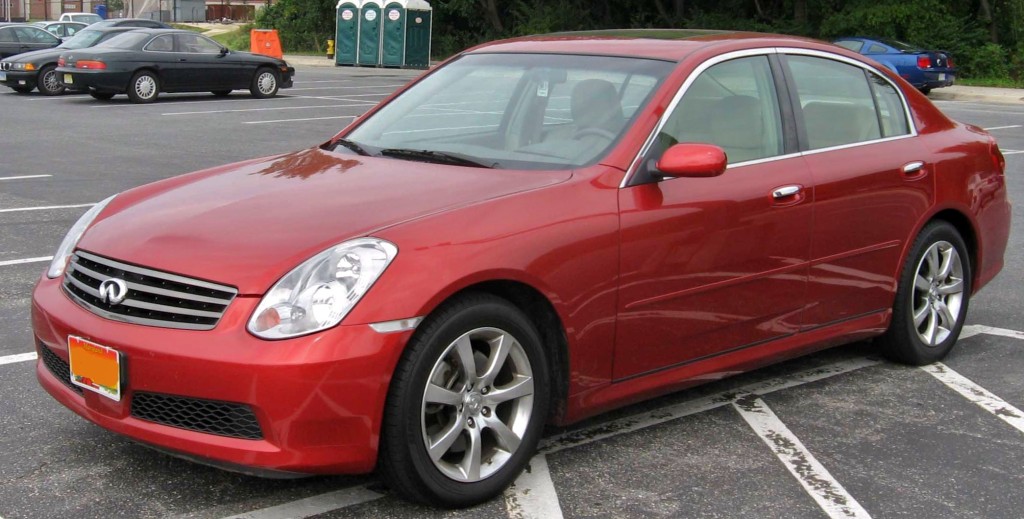
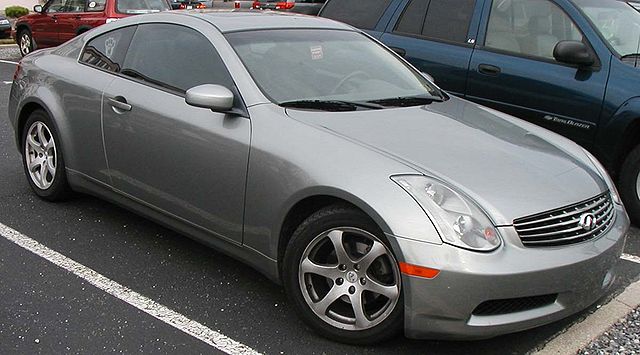
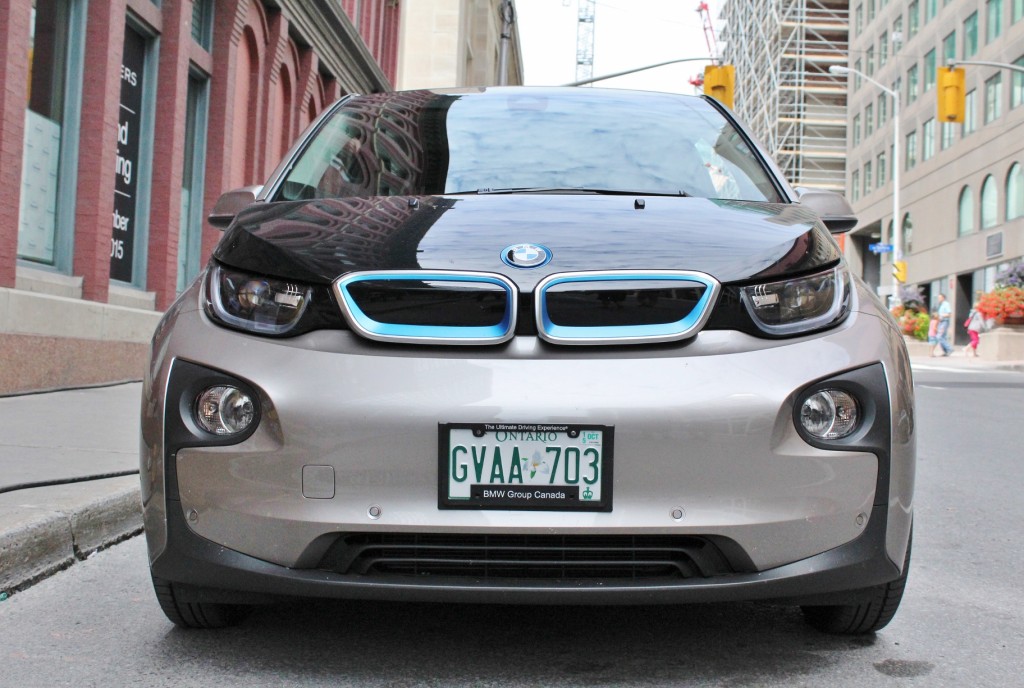
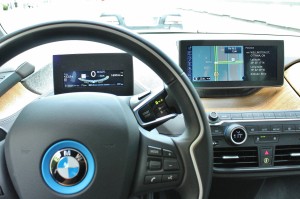
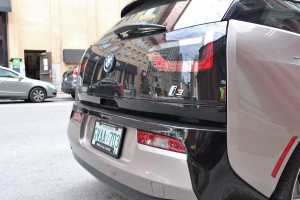
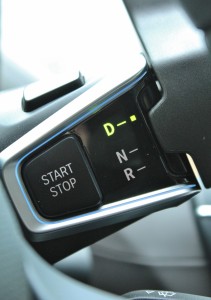
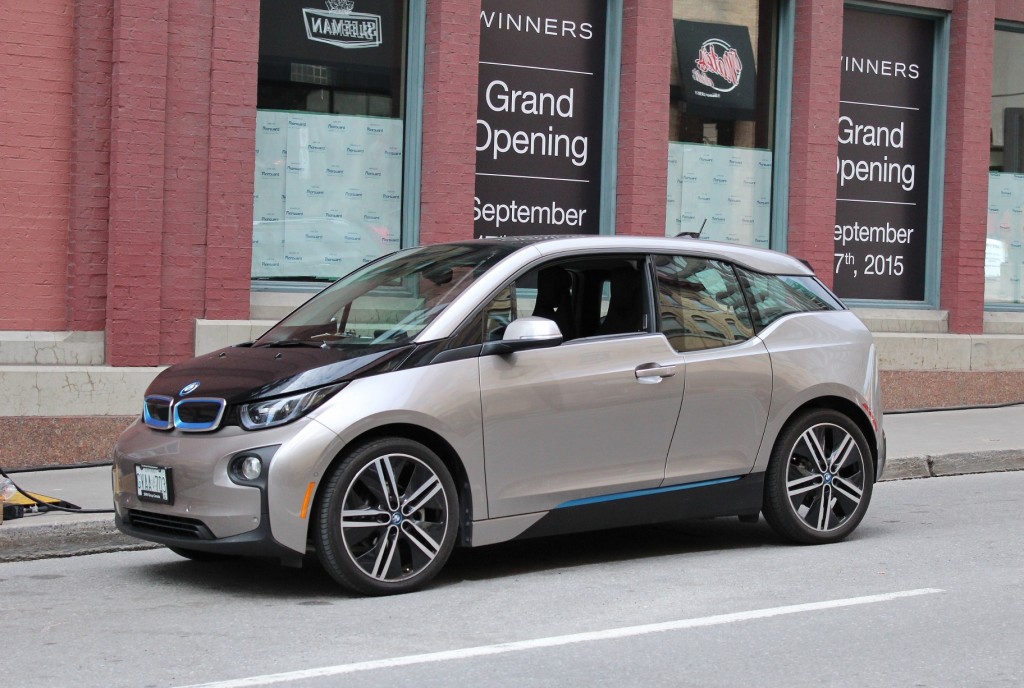

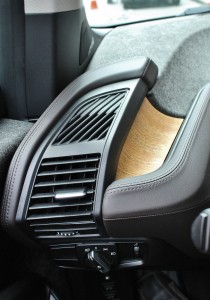
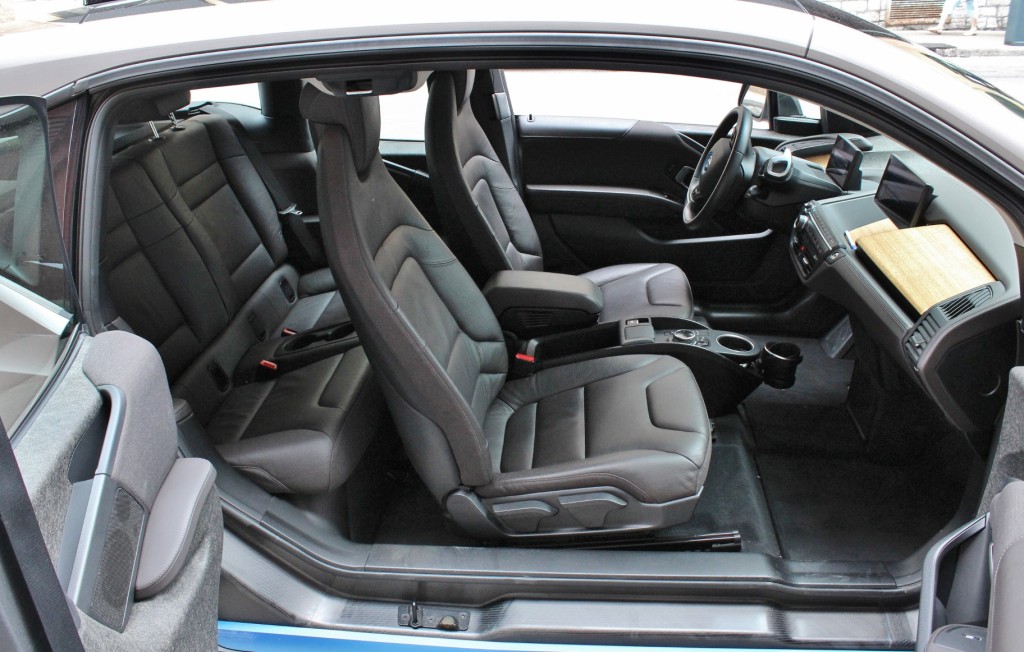

![rolls_royce_silver_shadow_c1967_id567[1]](https://driventoattraction.com/wp-content/uploads/2015/08/rolls_royce_silver_shadow_c1967_id5671-1024x699.jpg)
